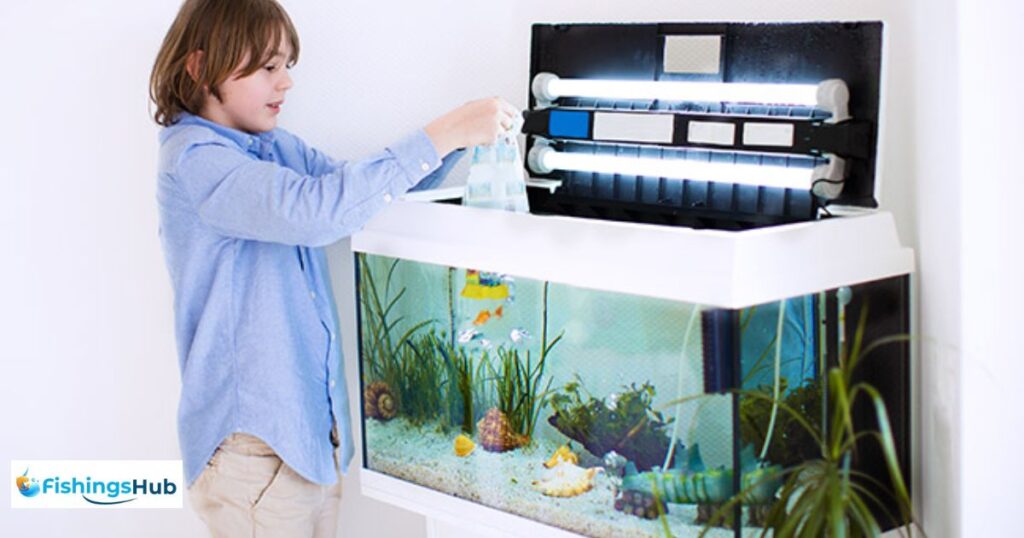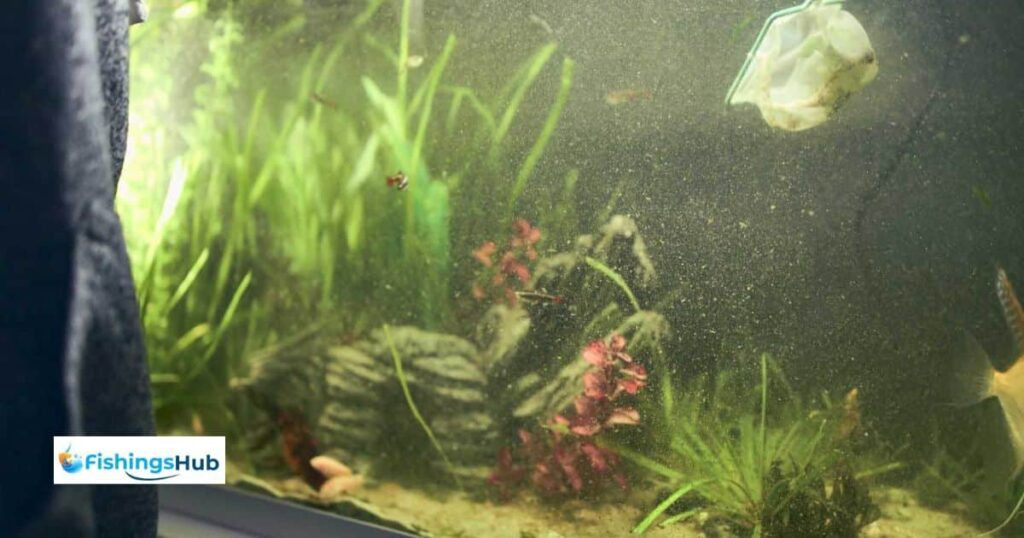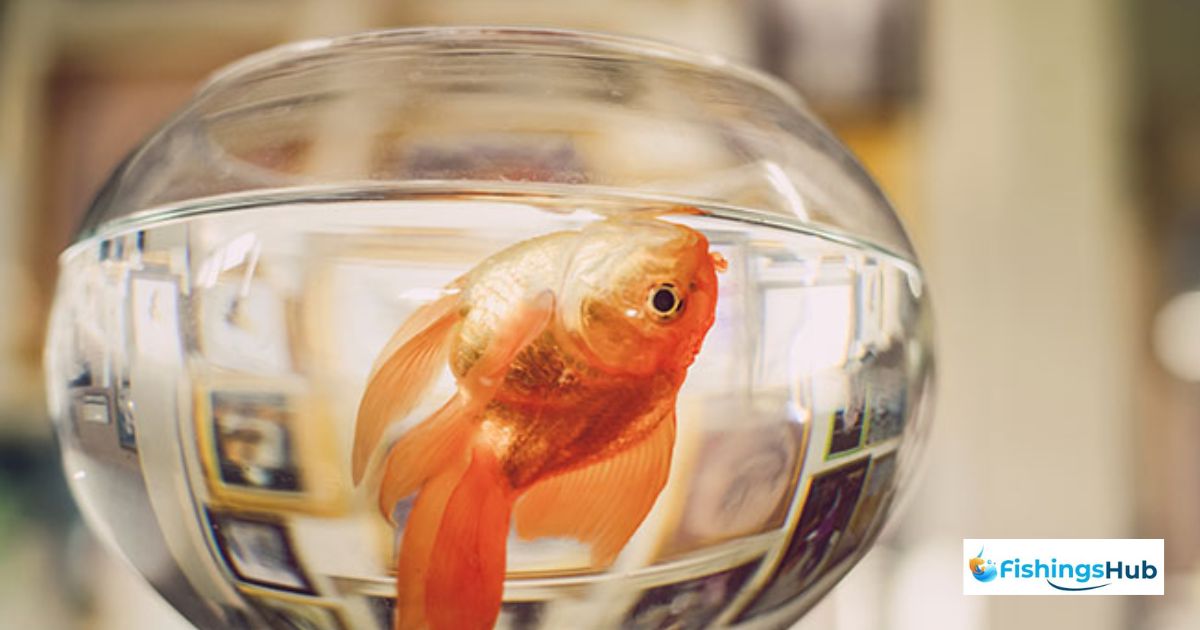Bringing home a new tank is an exciting moment for any fish enthusiast. However, the joy can quickly turn to dismay if your beloved fish starts showing signs of distress or, worse, end up dead. Ensuring the well-being of your fish in a new tank is vital. Discovering why they may perish during this transition is crucial for any fish enthusiast.
Ever wondered why your fish didn’t thrive in their new tank? The answer lies in understanding the secrets of a successful transition. Dive into the world of aquariums with us, and let’s uncover the reasons behind the unfortunate demise of your aquatic friends.
Embarking on the journey of setting up a new fish tank is thrilling, but it comes with challenges. Sometimes, our fish face unexpected hurdles, leading to distress and, sadly, death. In this article, we’ll explore the common reasons behind fish fatalities in new tanks and guide you on creating a safe haven for your finned companions. Let’s discuss the mystery and make your fish-keeping experience joyful.
Common Hurdle “New Tank Syndrome”
Setting up a new fish tank is an exciting endeavor, but it comes with its challenges, and one common hurdle is known as ‘New Tank Syndrome.’ In simple terms, this phrase encompasses the various problems that can arise when you have a new aquarium that is less than two months old.
What Really Causes ‘New Tank Syndrome’?
The reasons for fish loss in a new tank can be numerous, ranging from poisoning and disease to improper water conditions and stocking issues. However, two main factors lie at the root of these problems:
- Elevated Ammonia Levels: The biological filter in a new tank is not ready to handle the waste produced by the fish. This leads to high levels of ammonia in the water, causing stress and health problems for the fish.
- Poor Care: Inexperienced owners or caregivers may inadvertently contribute to the stress and loss of fish. Simple mistakes like overfeeding or incorrect temperature can lead to poor water quality and increased stress for the fish.
Cycling The Aquarium: A Crucial Process

When you first set up your aquarium, the biological filter is not efficient enough to handle the fish waste. Cycling the aquarium is a crucial process that allows bacteria to populate the filter media, eventually converting harmful ammonia into relatively harmless nitrate. Regular 10-15% water changes help remove the nitrate.
During this cycling period, the fish are swimming in their waste, causing direct and indirect problems:
- Direct Problems: Elevated ammonia levels reduce oxygen availability, making it difficult for fish to breathe and causing health issues, including blindness.
- Indirect Problems: The stressed fish become more susceptible to diseases, and any harassment from other fish or additional stressors becomes more severe.
Avoiding ‘New Tank Syndrome’: Simple Tips
To prevent unnecessary losses and ensure a smooth transition for your fish, follow these simple tips:
- Understand the Cycling Process: Familiarize yourself with the importance of cycling your aquarium before introducing fish.
- Keep Population Low: Limit the number of fish in your tank until the cycling process is complete.
- Regular Water Changes: Keep up with extra water changes during the cycling period to maintain water quality.
- Research Fish Care: Before purchasing fish, research their specific care requirements to ensure their well-being.
- Careful Tank Maintenance: Avoid common mistakes by carefully maintaining your tank and monitoring its conditions.
- Watch Your Feeding: Feed your fish in moderation, ensuring they consume all the food offered within two minutes.
Can I Use Products To Avoid ‘New Tank Syndrome’?
In short, no. While some products claim to remove ammonia or accelerate the cycling process, they often come with drawbacks and are unreliable. The best approach is to patiently cycle the tank with a small number of resilient fish and diligently perform the necessary water changes.
By following these straightforward guidelines, you can navigate ‘New Tank Syndrome’ and create a thriving environment for your aquatic companions. Remember, a little knowledge and care go a long way in ensuring the well-being of your fish in their new home.
1. Others Include Acclimatization Stress
Rapid Changes In Water Parameters
One common reason for fish fatalities in a new tank is the sudden change in water parameters. Fish are highly sensitive to shifts in temperature, pH levels, and water hardness. When transferring them to a new tank, these parameters can fluctuate, causing stress that weakens their immune system and makes them susceptible to diseases.
To avoid this, match the water parameters of the new tank as closely as possible to the old tank. Gradual acclimatization, achieved by floating the fish in a bag in the new tank for an extended period, helps them adjust to the changes slowly.
2. Ammonia And Nitrite Spikes

The Nitrogen Cycle
New tanks often face challenges in establishing a stable nitrogen cycle. Ammonia and nitrites can accumulate rapidly, posing a serious threat to fish health. Ammonia is toxic to fish, while nitrites can also be harmful in elevated concentrations.
To prevent these spikes, perform regular water tests and partial water changes. Introduce beneficial bacteria to kickstart the nitrogen cycle, ensuring a stable and safe environment for your fish.
3. Poor Tank Preparation
Inadequate Cycling
Insufficient tank cycling is a major culprit in fish fatalities. Cycling refers to the establishment of a stable biological filter that converts harmful ammonia into less toxic substances. Without proper cycling, ammonia levels can soar, causing stress and potentially fatal conditions for the fish.
To address this issue, initiate the cycling process before introducing fish to the tank. Use bacteria supplements to expedite the establishment of a healthy biological filter.
4. Overstocking And Incompatible Tankmates
Balancing Population
Overstocking a new tank or introducing incompatible tankmates can lead to aggressive behavior, competition for resources, and stress among the fish. This can result in injuries, diseases, and ultimately, death.
Research the compatibility and space requirements of different fish species before adding them to your tank. Aim for a harmonious community that promotes the well-being of all inhabitants.
5. Temperature Fluctuations
Importance Of Stable Temperatures
Fish are ectothermic creatures, meaning their body temperature depends on the surrounding environment. Rapid temperature fluctuations can cause stress and compromise the immune system, making fish susceptible to diseases.
Maintain a stable temperature in the new tank by using a reliable heater and avoiding exposure to direct sunlight or drafts. Gradual changes in temperature are preferable to sudden shifts.
6. Poor Water Quality

Regular Maintenance
Neglecting water quality is a common mistake that can have dire consequences for fish. Over time, uneaten food, waste, and decaying plants can degrade water quality, leading to increased ammonia levels and bacterial growth.
Establish a routine for tank maintenance, including regular water changes, substrate cleaning, and filter maintenance. Monitoring water parameters consistently will help prevent issues before they become critical.
FAQ’s
How long does new tank syndrome last?
New tank syndrome can last 2-12 weeks, depending on how serious it is. To help your fish, check the water often and do things like changing water and adding filters and air.
Why did my fish die right after I bought them?
If your fish die right after putting them in a new tank, it suggests they might not have adjusted well to the new environment. To prevent shock, make sure to introduce them carefully to the new water conditions.
Should I remove dead fish from tank?
Remove a dead fish quickly to prevent the spread of harmful pathogens to other fish. Additionally, decaying fish can raise ammonia and nitrite levels, harming the water quality in the tank.
Why my fish died all of sudden?
Stress and contaminated water are the two main causes of fish illness. The weaker fish may perish, but some healthy ones may be able to fight off the infection and recover. It is crucial to keep an eye out for any indications of stress in your fish.
Final Thoughts
In the world of aquariums, understanding the delicate balance required for fish to thrive is essential. When introducing fish to a new tank, meticulous planning, proper acclimatization, and ongoing maintenance are key to preventing unnecessary stress and fatalities. By addressing the factors mentioned, you can create a healthy and stable environment for your aquatic companions, ensuring a thriving and vibrant underwater community in your new tank.

